Long Island Sound
What is Long Island Sound?
A sound is a long passage of water that separates a mainland and an island, and as its name suggests, Long Island Sound is positioned between Connecticut’s coastline to the north and Long Island, New York, to the south. This special waterway is also an estuary — a place where salty ocean water mixes with freshwater flowing from rivers and streams. The Sound stretches 110 miles in length and spans up to 21 miles at its widest point, covering an area of 1,320 square miles.
Unlike typical estuaries, Long Island Sound has two openings to the ocean: the western connection to the East River and New York Harbor, and the eastern opening at The Race, where it meets Block Island Sound. This configuration — along with its unique geological history — makes Long Island Sound a dynamic and diverse ecosystem.
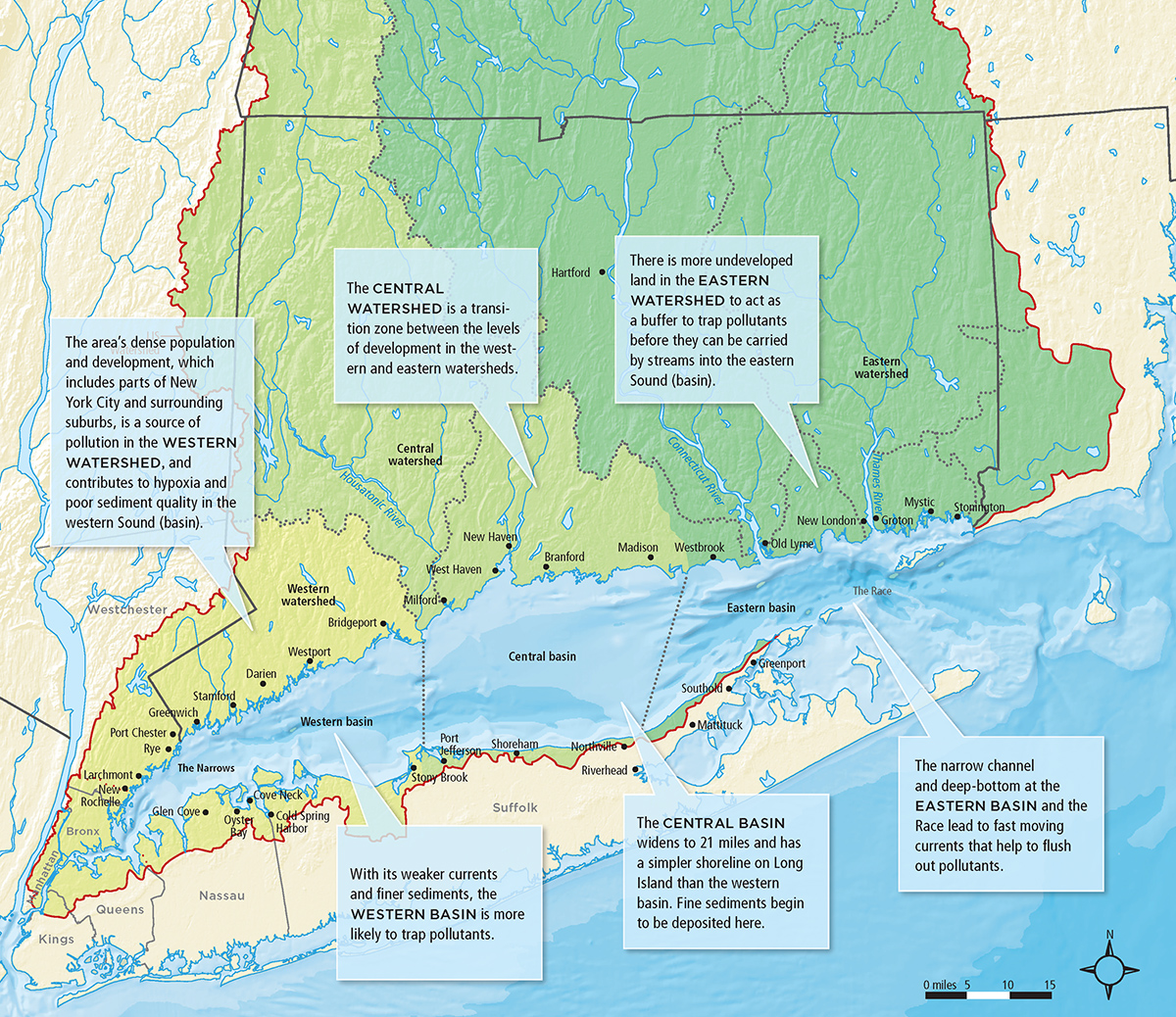
Credit: Mapping Specialists and Lucy Reading-Ikkanda
The Vital Role of an Estuary
Estuaries like Long Island Sound are among the most productive ecosystems on Earth, supporting a wide array of life. The Sound is home to more than 1,200 species of invertebrates, 170 species of fish, and dozens of migratory bird species that visit annually. It serves as a critical nursery for young fish and a feeding and breeding ground for marine animals that spend much of their lives in the open ocean. Important commercial and recreational fisheries and shellfisheries include bluefish, striped bass, flounder, oysters, crabs, and lobsters. These waters also provide essential resources for millions of people who rely on the Sound for recreation or for their livelihoods via related industries like transportation, ports, and tourism.
Long Island Sound’s Human Connections
The Sound’s history and resources have deeply shaped human communities along its shores. More than 60 Tribal Nations have lived within the Long Island Sound watershed (all of the land area that drains into a common water body). These Indigenous communities relied on the Sound for food, transportation, and trade, forming vibrant and resilient cultures that continue today despite historical challenges.
Today, the Sound supports a thriving regional economy. Recreational activities like boating, fishing, swimming, and tourism along with the activities of its harbors, ports, and ferry systems that facilitate transportation and commerce, generate an estimated $10 billion annually. The Sound’s watershed, which encompasses more than 16,000 square miles across six U.S. states and a portion of Canada, is home to over nine million people. As Connecticut’s largest natural resource, Long Island Sound is both a cultural and economic cornerstone of the region.
Protecting Long Island Sound
The health of Long Island Sound is critical for both its ecosystems and the communities that depend on it. Congress recognized its significance in 1987, designating it an “Estuary of National Significance,” which prompted the formation of the Long Island Sound Management Conference (now known as the Long Island Sound Partnership) that is charged with developing a Comprehensive Conservation and Management Plan (CCMP). The partners involved have used the plan to guide actions that have greatly improved water quality, habitats, and public engagement. Despite this, the Sound faces ongoing challenges, including pollution, habitat loss, and the impacts of climate change. As a multi-faceted habitat restoration project, Eco Park is proud to support the health of Long Island Sound!
By preserving and appreciating Long Island Sound, we ensure that its unique habitats, rich biodiversity, and cultural significance endure for future generations.
Resources on Preserving and Restoring the Sound
Long Island Sound 2025 Comprehensive Conservation and Management Plan (CCMP) to be released – Long Island Sound Partnership’s CCMP is a guiding framework for restoring water quality, protecting habitats, and addressing climate change impacts.
Long Island Sound Study – Explore the history, challenges, and conservation efforts of this national estuary program.
Long Island Sound Blue Plan – A science-based approach to balancing multiple uses of the Sound while conserving its ecosystems and resources.
Connecticut National Estuarine Research Reserve – Protects 52,160 acres of critical habitats in southeastern Connecticut, supporting research, education, and stewardship.
Resources for Exploring and Learning More
Ecologically Significant Areas Story Map | Blue Plan Development Team & CT DEEP – Discover maps and data describing Long Island Sound’s most vital habitats.
Connecticut Coastal Access Guide | CT DEEP – Find recreational opportunities at 346 sites along Connecticut’s shoreline and rivers.
The Long Island Sound: A History of Its People, Places, and Environment | NYU Press – This book by historian Marilyn Weigold provides a comprehensive look at the Sound’s history.
Restore America’s Estuaries – Learn about how organizations across the country are working together to create healthy, accessible, and resilient estuaries.

Northern Quahogs (Mercenaria mercenaria)
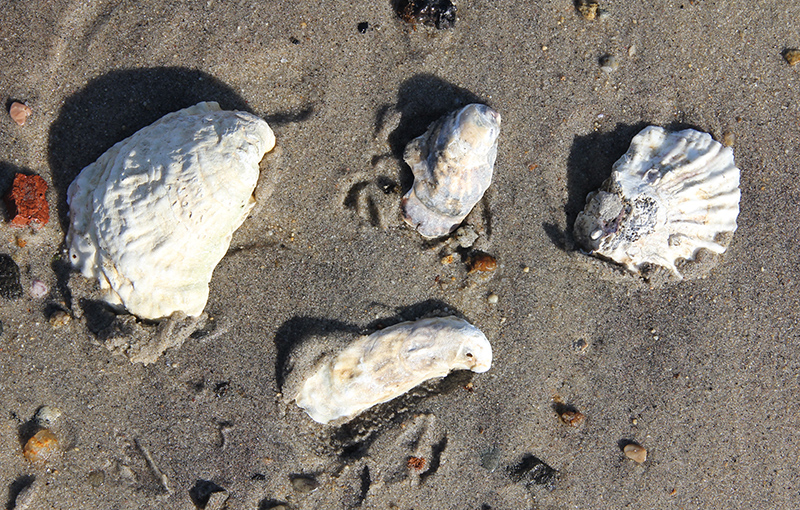
Eastern Oysters (Crassostrea virginica)
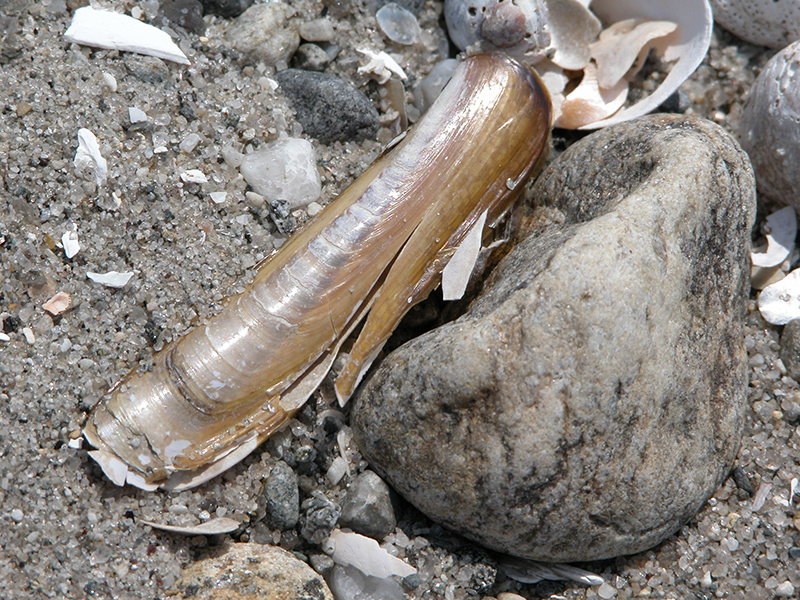
Atlantic Jackknife Clam/Razor Clam (Ensis leei)
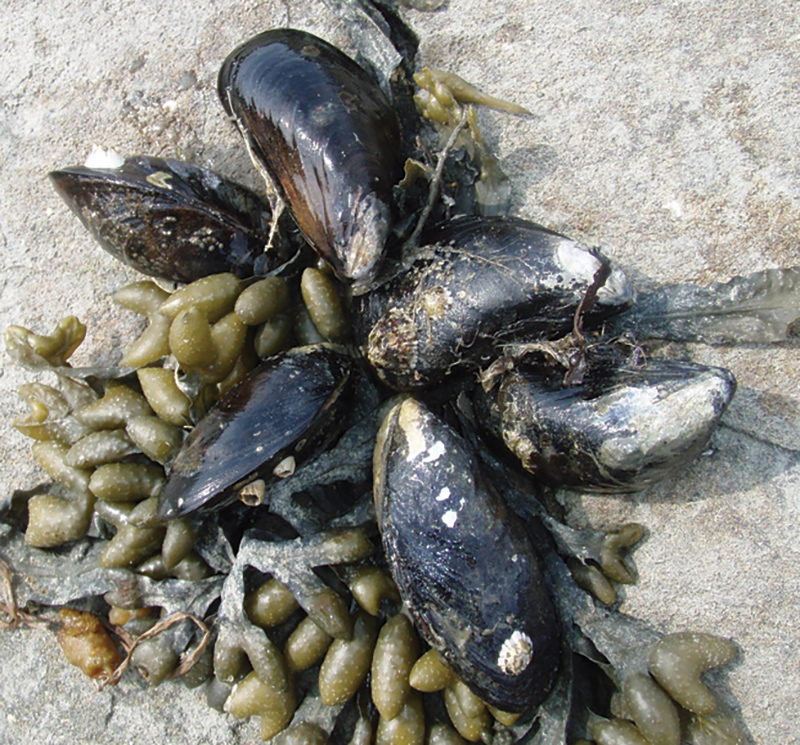
Blue Mussels (Mytilis edulis)
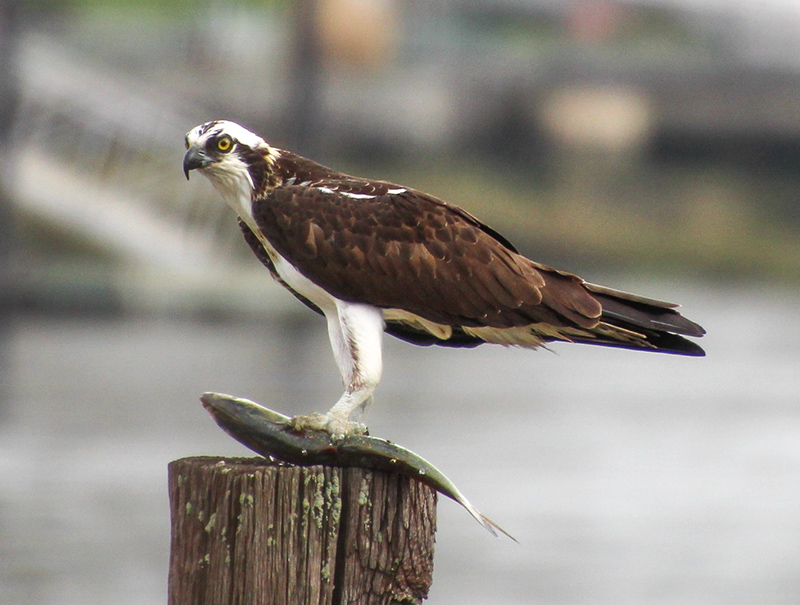
Osprey (Pandion haliaetus)
